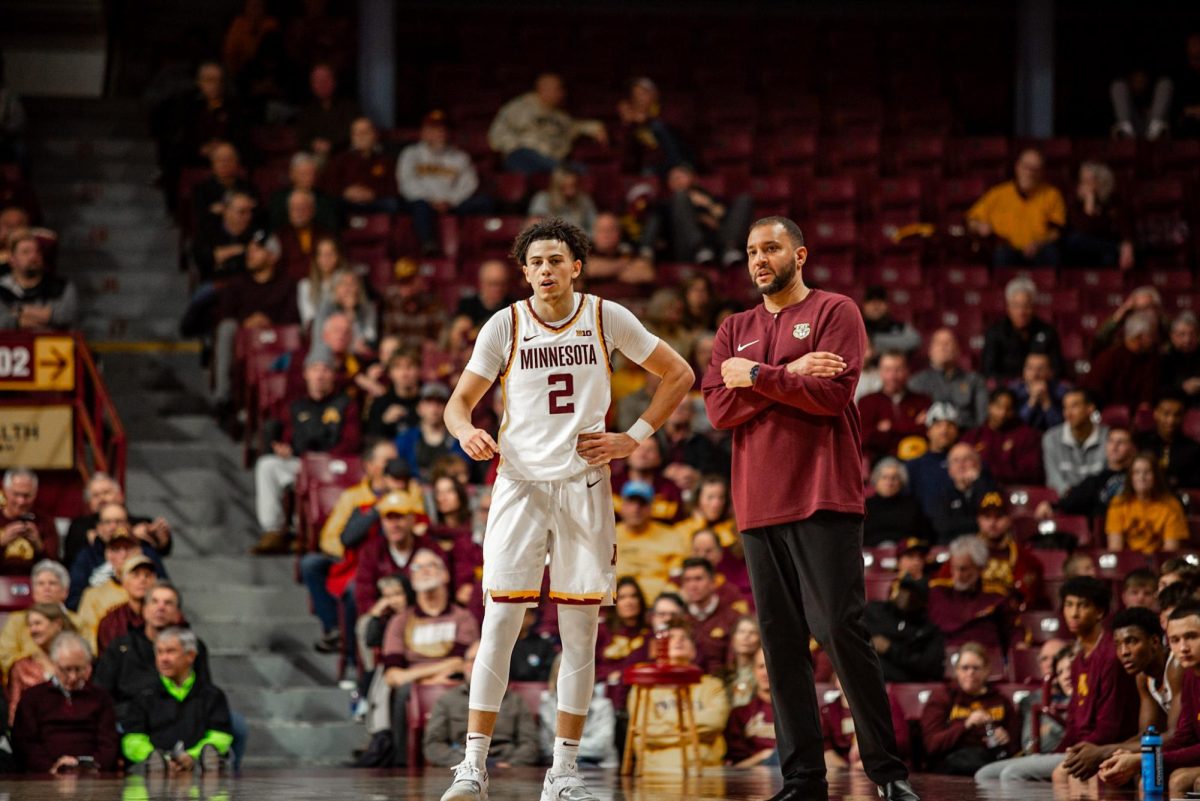Sometimes the victors must share the spoils.
With Michigan and Ohio State on top of the college football world, the University’s athletic department could benefit from the success of its conference rivals.
If Ohio State and Michigan’s football teams both earn spots in one of the five top-tier bowls, the Big Ten conference would receive additional revenue to be dispersed evenly to conference schools. The selections will be finalized Dec. 3.
The top-tier bowls are categorized as the Bowl Championship Series, or the BCS, and include the Rose, Fiesta, Sugar and Orange Bowls, as well as the national championship game.
With Ohio State undefeated and no remaining games left, it is likely the team will play for the championship, leaving a Big Ten spot open in the remaining bowls for Michigan – which Ohio State beat 42 to 39 last Saturday.
Ohio State is ranked first in the BCS standings, while Michigan retained second place despite its recent loss. Wisconsin is ranked eighth in the standings, but a conference can have no more than two representatives in the BCS.
BCS standings are updated weekly. The most recent rankings were released Sunday.
Southeastern Conference Associate Commissioner and BCS spokesman Charles Bloom said the BCS pays out millions to its invites.
“A full share, the first team from each conference, is roughly $17 million, but now if a second team from a conference goes it’s roughly $4.5 million,” he said. “Revenues get distributed to the conferences, then each conference has its own revenue distribution formula of the revenue that it receives from bowl games.”
The Big Ten would distribute the total $21.5 million evenly among the 11 conference schools, said Big Ten spokesman Scott Chipman. That could land the University with nearly $2 million.
The University would receive the same amount even without playing in a bowl game, Chipman said.
The Big Ten distributed more than $117 million to member schools last year, he said, and Minnesota received one-eleventh of that. The $117 million included bowl payouts, television money and NCAA revenues.
Elizabeth Eull, senior associate athletic director and chief financial officer for Gopher Athletics, said the Big Ten gives the University an estimate of the money it will receive on an annual basis, but the University doesn’t budget for potential revenue from a second Big Ten school in the BCS. The athletic department puts the extra money away until it’s needed for an unexpected expense, she said.
Sports studies senior Chris Engle said the idea that the University could benefit from its rivals didn’t surprise him, and that while some teams might benefit the conference more than others, revenue sharing gives everyone the chance to be competitive.







